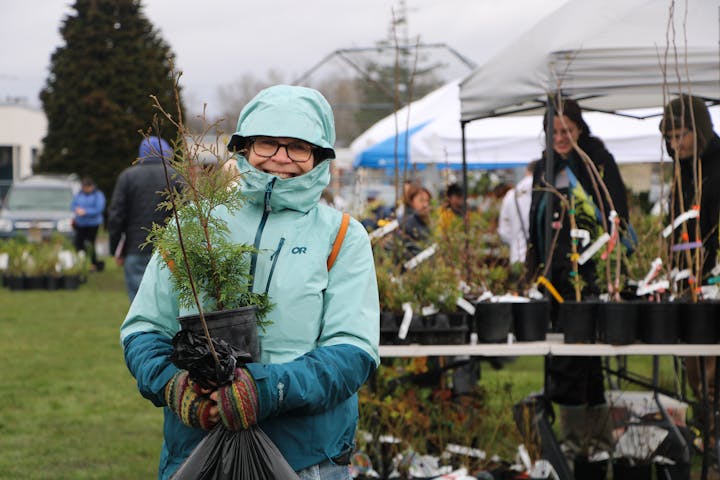Stream Restoration Frequently Asked Questions
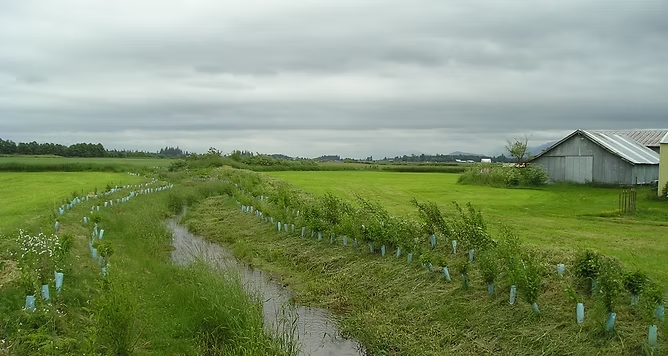
The Conservation Reserve Enhancement Program is a voluntary program designed to help both landowners and the environment. CREP pays landowners to establish buffers of native trees and shrubs along fish bearing streams and rivers.
Learn More About CREP, linked below

If you have a riparian buffer then likely, yes. Planting a riparian buffer provides a safe corridor for animals to travel through. You can play an active role in reducing roadkill, nursing biodiversity, and keeping Whatcom County wild.
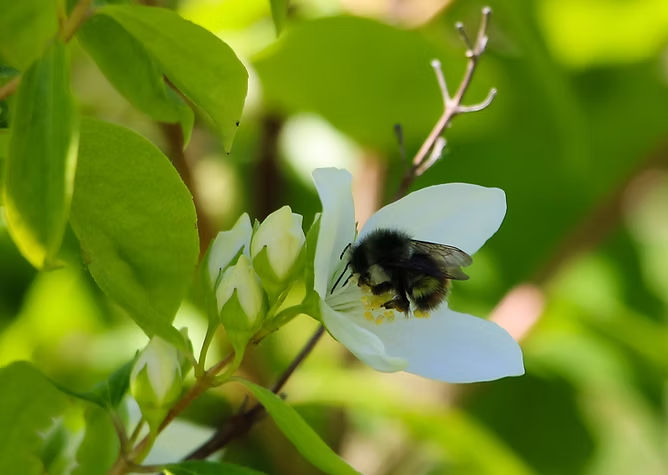
Many factors have led to massive die-offs and rising instances of colony collapse disorder of pollinators in recent decades. These include habitat destruction, climate change, use of non-organic pesticides, and many others. Planting riparian buffers provides sanctuary and necessary food for your local pollinators. A direct correlation has been found between local pollinator health and crop yields, as well as ecosystem health.
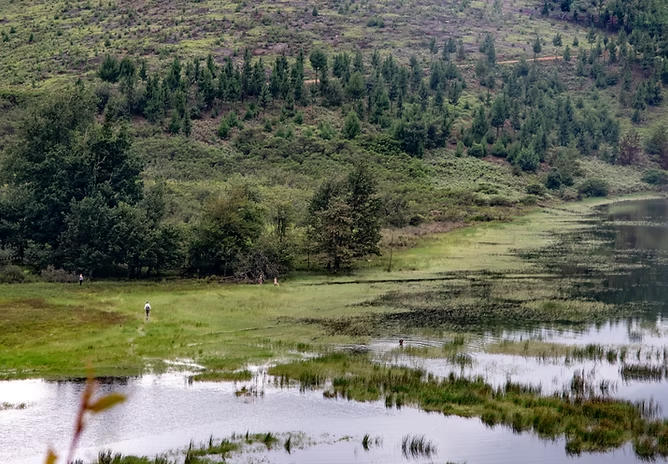
A hedgerow can take many forms, from a single species of rectangularly groomed border to a streamside forest of biodiversity. Hedgerows provide shelter and food for local pollinators, serve as a windbreak to protect crops, and provide carbon storage. Additionally, they help hold streamside moisture, stabilize embankments, and shelter our fragile waterways from pesticides, engine fumes, and other forms of pollution. All functional benefits aside, hedgerows and riparian buffers are a beautiful addition to any property.
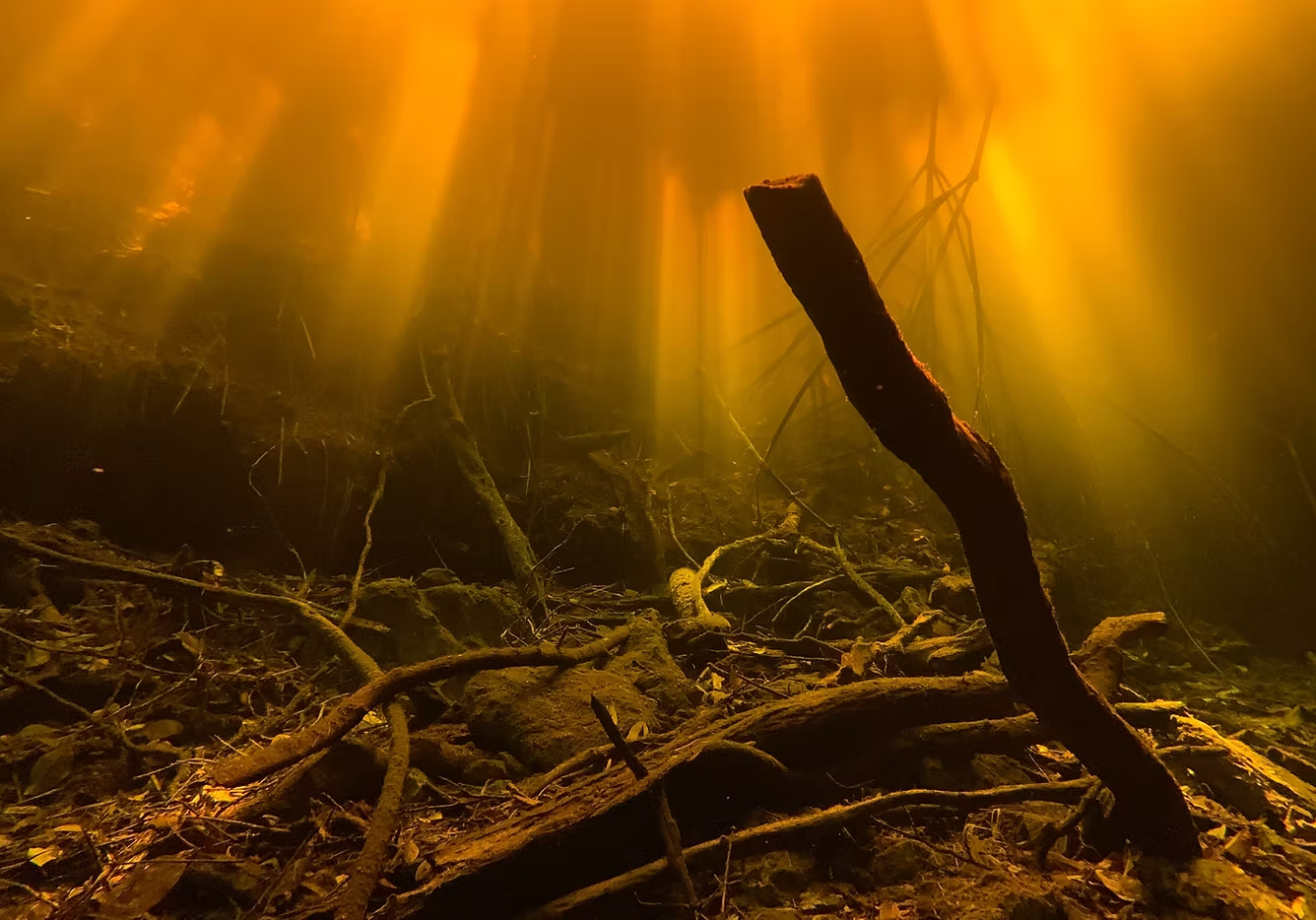
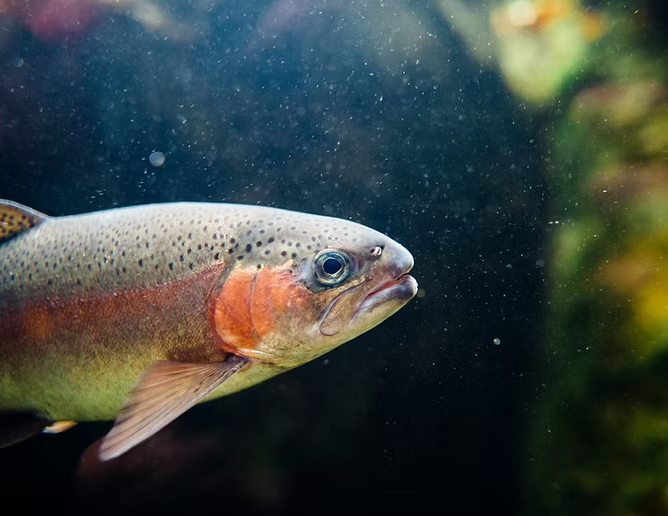
Fish passage barriers are anything that blocks the natural flow of water or otherwise prevents fish from having access to consecutive parts of a stream. They could be in the form of a clogged culvert, a dam, or a bridge.
CREP can cover the cost to remove these barriers and pay for the installation of more effective ones that are better for fish and safer for humans. Reach out to us for more information!
Learn more about CREP, linked below
Aside from generating passive income, there are many benefits to having a buffer on your property. These include stream bank stabilization, free fencing to control livestock, creating better habitat to help endangered species recover, invasive species removal, and more. Visit our main CREP page to learn about more benefits.
Learn More About CREP, linked below
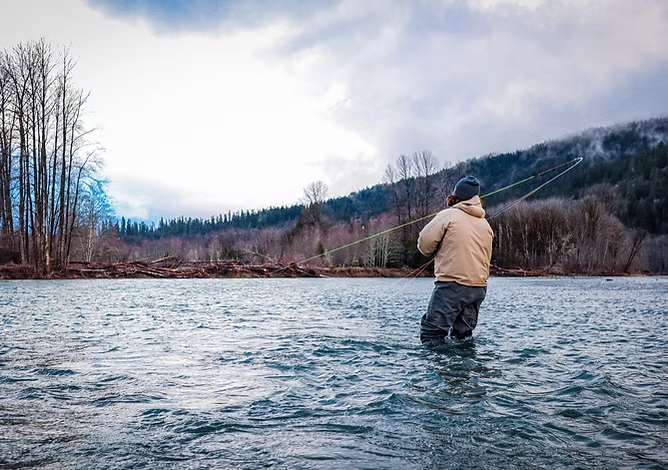
Stream restoration helps conserve, protect and rebuild land where humans can relax, fish, hunt and otherwise recreate in the outdoors.
There are few moments in life more rewarding than seeing the leaves catching sunlight, the hawk perched, the salmon running through your own yard.
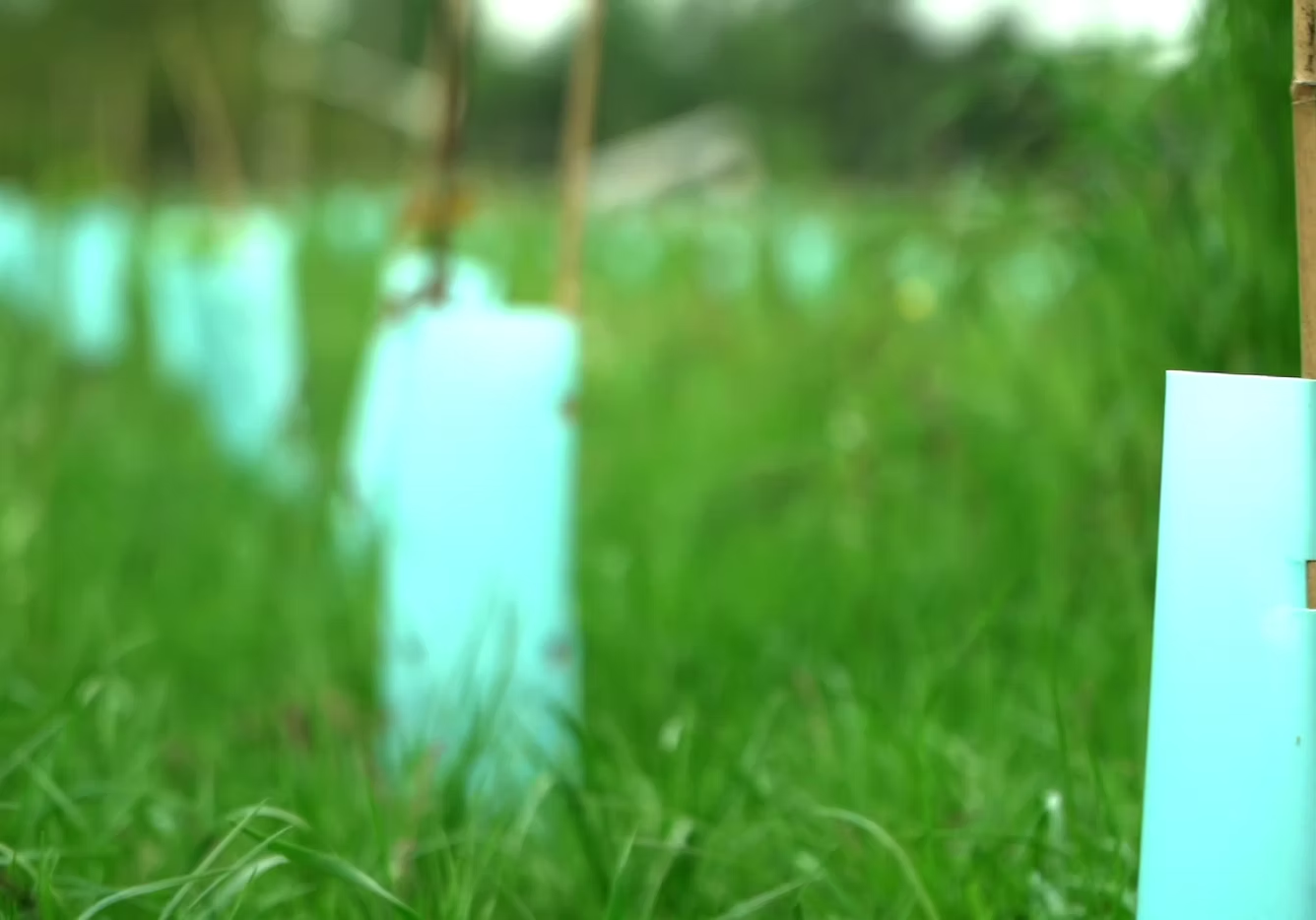
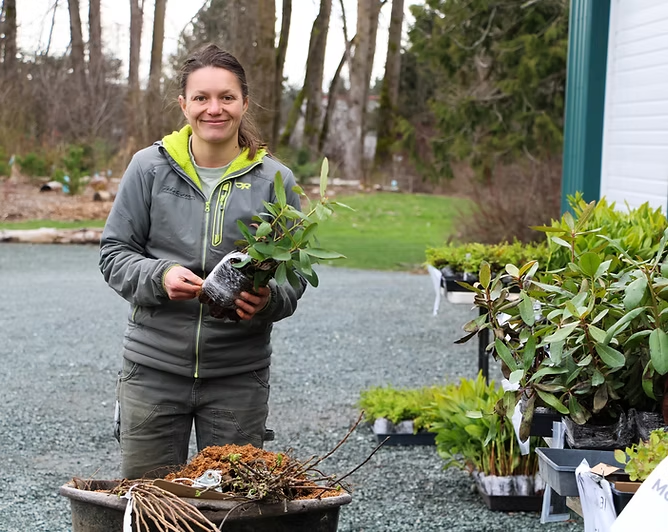
Each year, Whatcom Conservation District hosts a native plant sale bringing affordable and effective native plants to all residents of Whatcom County. Click the link below to learn how to pre-order, plant sale dates, and more. If you have a specific question about native plants in relation to your unique situation please do not hesitate to reach out. We are here to help!
We hope you will join us and fill your landscape with beautiful, low-maintenance native plants.
See Native Plant Sale, linked beolw
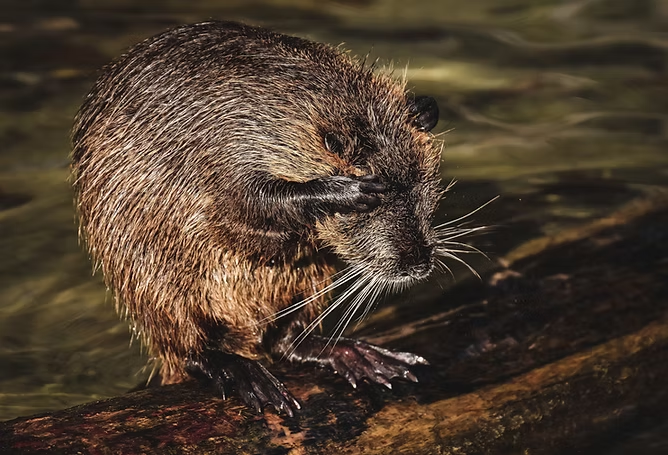
We get it. Beavers can be a destructive nuisance.
There are many non-lethal actions that can be taken before utilizing lethal force, such as trapping and relocating, tree cages, tree planting restoration, and more, if you have a nuisance beaver.
Submit a form if you have special concerns about beavers or any other animals on your property. We have experienced staff that are excited to help you protect your structures, crops, and landscape. You can learn more about the wildlife you might encounter in your riparian buffer by visiting our CREP wildlife page.

